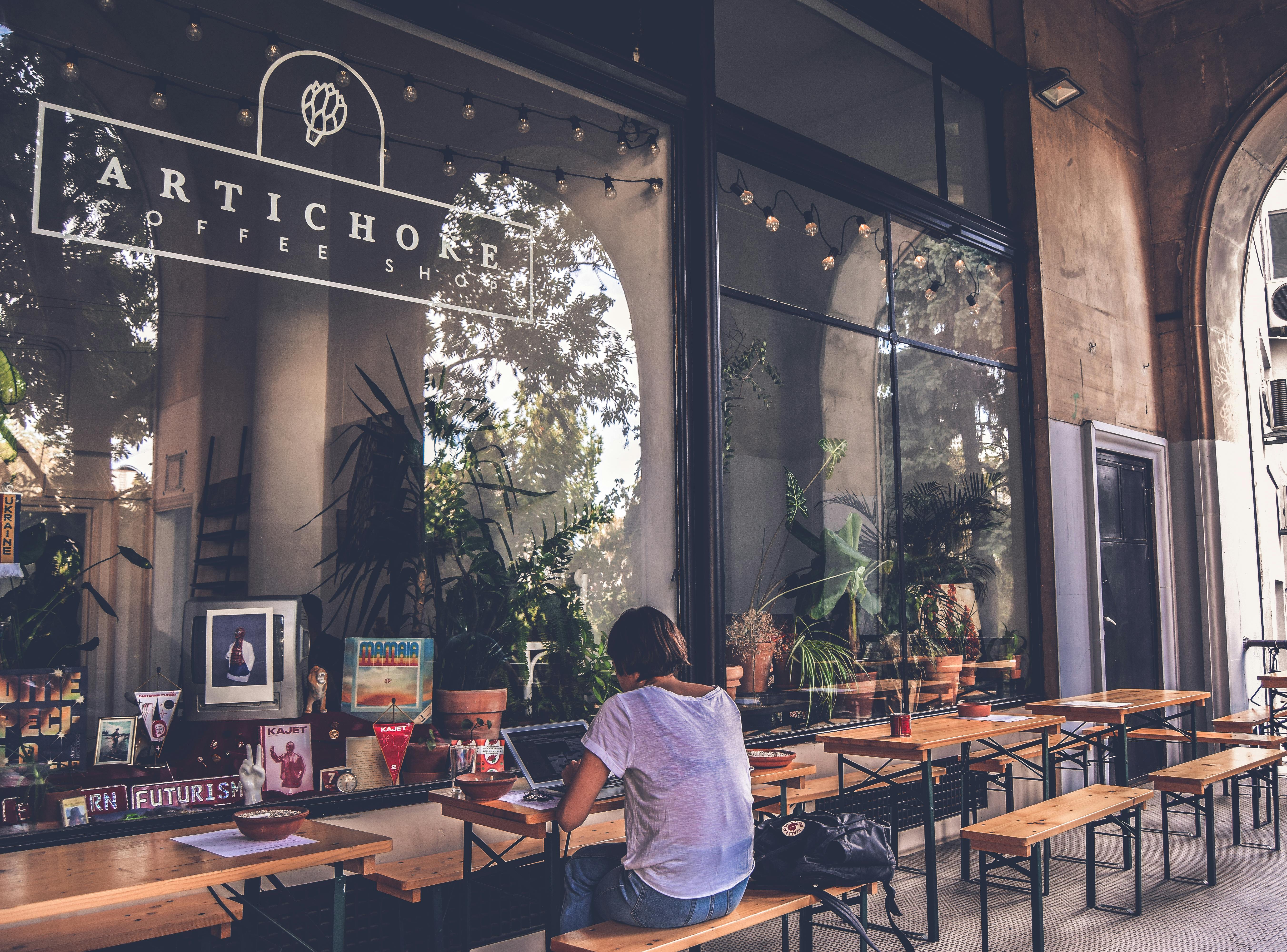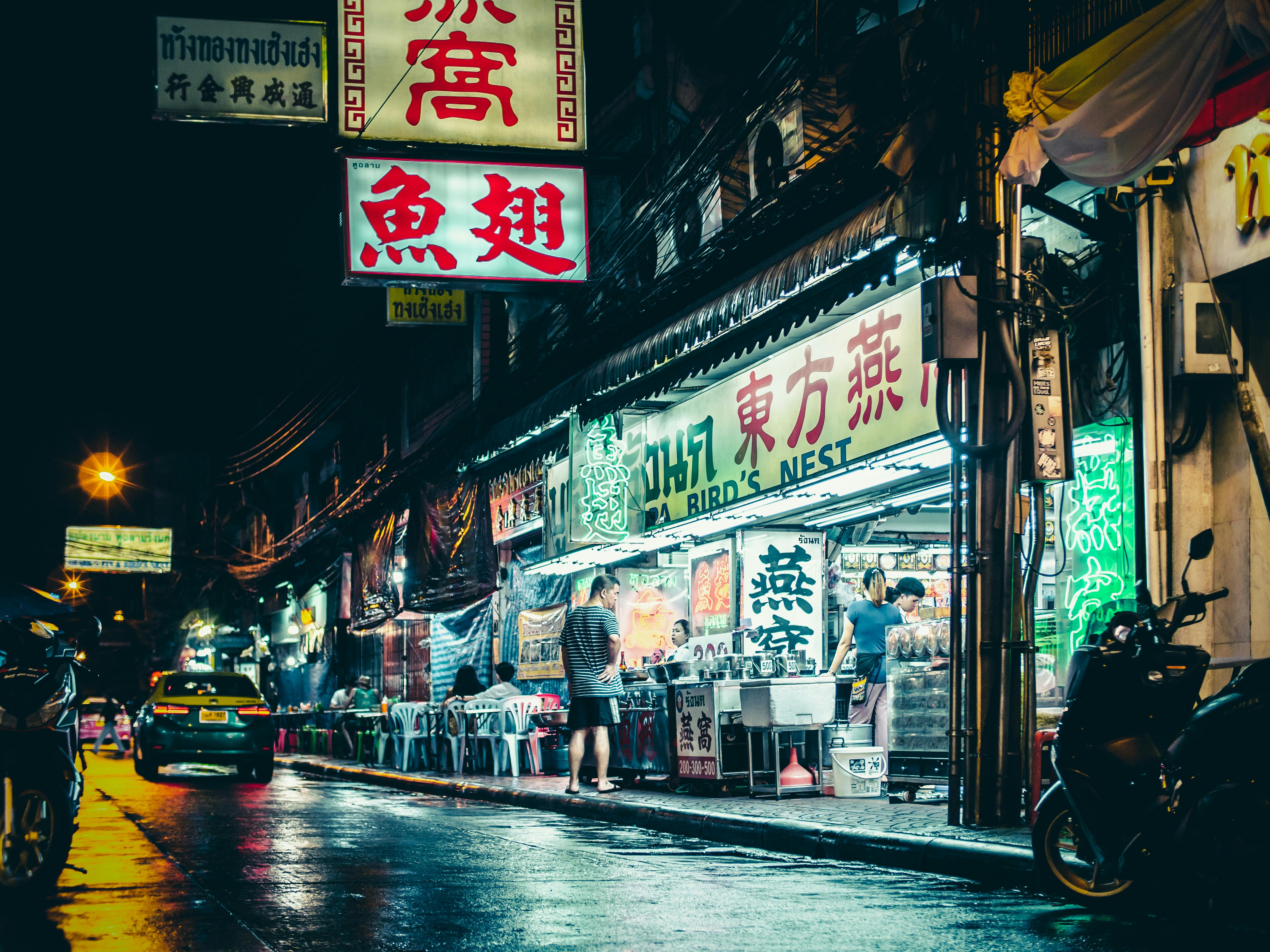USPS International Priority Air Mail for E-Commerce Businesses
In January, the United States Postal Service increased the postage rates available to all e-retailers under the 1st Class Package International service level. The changes included offering eDelcon services for 15 countries, but in many cases they doubled the fees in exchange for these additional services. In addition, the USPS was able to reassign First Class International Package Service from the Mail Services section (priced by the PRC) to the Shipping Services section (priced not controlled by the PRC). How is this important? Because in the coming years this category will have its postal rates increased above the rate of inflation.
How does this affect e-retailers? Well, many third-party eBay and Amazon sellers I’ve spoken with throughout the year have mentioned that their international orders have dropped dramatically over the course of this year. The main reason given had been the doubling of the postage rate that occurred in January, which made their products less competitive on the world market.
Well, what if I told you that there is a way to turn back the clock and benefit from the postage rates available last year and not pay the extra money for eDelcon services? Many e-retailers that sell lower value products (less than $50) would jump at the opportunity. That opportunity exists with the USPS International Priority Air Mail Service.
Key features of USPS International Priority Airmail (IPA)
-
Perfect for lightweight, low value items <2 kilos and <$400 in value
-
Shipped as First Class International Parcel Services
-
Transit is 3-7 days worldwide
-
Postal customs clearance (duties and taxes paid by the recipient)
-
Free returns on undeliverable items
-
Discounted Postage Rates
-
USPS package identification number provided
-
Integrates directly with Endicia.com, Shipstation, Shipworks, Teapplix, etc.
How does an e-retailer use the USPS IPA service?
E-retailers would contact a USPS Postal Qualified Wholesaler (PQW) in their region and speak with an international expert to help guide them through the service. Selecting the correct PQW is critical to your success in using the USPS IPA service. Select a PQW that has locations throughout the United States. This becomes extremely important in times of bad weather, airport closures, or natural disasters. A PQW that has locations in New York, Chicago, and Los Angeles ensures that your mail moves no matter what circumstances we face in a particular region. E-retailers will also want to select a PQW that integrates directly with their existing labeling system. If you are using Endicia.com or Shipstation to generate your labels, select a PQW that integrates directly with your current platform. A qualified PQW will guide you through the integration process so you can seamlessly transmit the necessary data to the USPS.
Once you’ve finished the integration process, you’ll generate your tags as normal. It will generate a zero postage consolidator label and the necessary customs information will be transmitted to the PQW automatically. A pickup is arranged at your facility and the packages are shipped to one of the PQW locations.
Make sure that when your packages arrive at the PQW processing center, each package is scanned at your operation. At that time, packages are sorted by destination country, bagged, and then shipped to the USPS International Service Center (ISC) in your area. Be sure to ask your PQW the following questions.
1) How often do you send mail to the USPS ISC during the week? Some smaller PQWs do not have enough mail volume to drop off your mail every day. To drop off your mail directly at an ISC, a PQW must have a minimum of 500 pounds per piece of mail.
two) How much mail do you throw out using direct bags? If your sender does not have a minimum of 3 pounds of mail for each country they are sending to, your mail is placed in a mixed bag. The mixed bags are sent to the ISC serving that region of the world. For example, if you have a package going to Belize and your sender puts that item in a mixed bag. That bag is shipped to the Miami ISC from wherever in the country you ship from. This could significantly delay your packages.
3) How many packages per week do you ship through IPA each week? Some companies are very large but do not use IPA on a daily basis. It is essential to know how much they are sending through the IPA service.
4) Does the PQW have recommended text for their shipping policy pages on eBay and Amazon? If a PQW does not have a recommended verbage for their shipping policy page, that indicates their lack of experience dealing with the eRetail community. What good is saving money if your company’s feedback ratings suffer? Be sure to follow PQW’s recommended shipping policy so your customers are fully aware of the service you’re using to ship their packages.
Once packages are received at the USPS ISC, the bags are scanned for proof of shipment and placed on the next available outbound flight for that destination country. After the arrival of the flight, the packages will clear customs through the postal customs clearance mechanism. This ensures that your packages move quickly through the clearance process and are not affected by the typical delays incurred in the normal air cargo clearance process. After clearance, packages are entered into the receiving country’s first-class mail stream for delivery to your customer.
Which shippers should use the USPS Priority International Airmail Program?
1) If you send on average 20 or more packages per day.
2) Is your average order value less than $400?
3) Are you comfortable not receiving a delivery scan on your packages?
4) Are you willing to change your shipping policy statement?
If the above criteria fit your business model, I would contact a USPS PQW right away to start saving shipping costs right away.


